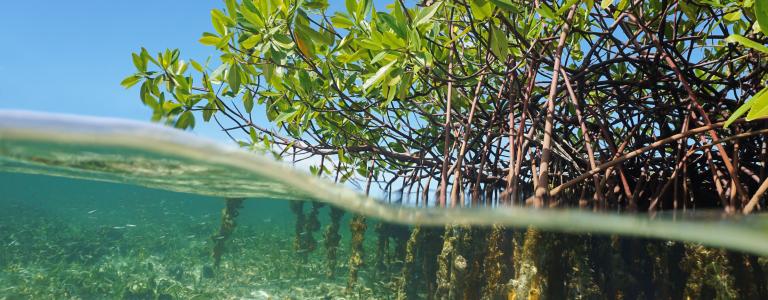Nature
Nature-based solutions—solutions that involve working with nature to address societal challenges—have gained momentum as a tool that can deliver multiple benefits.
The benefits of nature are far reaching—from providing clean air and water to ensuring protection from flooding and creating cooling effects within our urban landscapes. That is why we work with nature to help address the impacts of climate change, biodiversity loss, and many other threats to a sustainable future.
Here at IISD, we explore the holistic value of nature through the lens of sustainable development, building an evidence base that can mobilize practical approaches to address these challenges.
We work with governments, international agencies, civil society, and other stakeholders to advance nature-positive outcomes that support and benefit both people and ecosystems while always ensuring these efforts include and benefit everyone.
Most of this work focuses on building more nature-based infrastructure to support growing environmental, societal, and economic needs, as well as tapping into ecosystems to help build resilience for the ever-intensifying impacts of climate change.
Nature-Based Infrastructure
Nature-based infrastructure, also known as natural infrastructure, is a way to plan and work with nature to meet our infrastructure needs. While these infrastructure projects are designed to fulfill specific goals, they can also generate a host of other social, economic, and environmental benefits that go beyond what traditional engineered or "grey" infrastructure can provide. Our research shows that nature-based infrastructure is often more cost-effective than traditional alternatives.
With the Nature-Based Infrastructure Global Resource Centre, we bring together key partners to establish a business case for nature-based infrastructure. We provide data, training, and customized infrastructure project valuations based on the latest innovations in systems thinking and financial modelling.
In the Canadian context, IISD's Natural Infrastructure for Water Solutions initiative is working to scale up natural infrastructure on Canada's Prairies for cleaner water and more resilient communities. Our Canada-based work also includes conducting research at the IISD Experimental Lakes Area to improve our understanding of human impacts on the environment, influence policy and environmental best practices, and support public awareness.
Nature Building Resilience to the Impacts of Climate Change
We also highlight the role of nature in building resilience to climate change. Our Nature for Climate Adaptation Initiative provides knowledge and capacity development opportunities in the form of guidance, events, and a massive open online course to enhance the implementation of nature-based climate solutions that provide benefits for biodiversity and people of all genders and social groups.
As the host of the secretariat of the National Adaptation Plan (NAP) Global Network, we explore how NAP processes present a strategic opportunity to raise the profile of nature-based solutions as an essential approach to adaptation at scale.
Related Projects
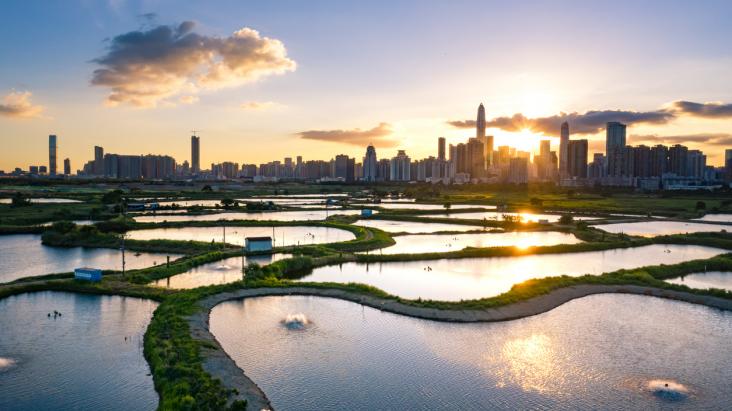
The Nature-Based Infrastructure Global Resource Centre
The leading global hub for nature-based infrastructure (NBI). Together, we can help build a better, fairer, and more sustainable future through NBI projects.
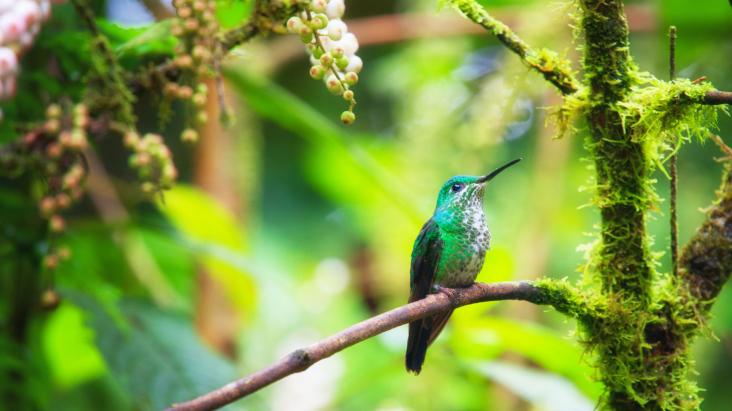
Climate Adaptation and Protected Areas (CAPA) Initiative
The Climate Adaptation and Protected Areas (CAPA) Initiative aims to use nature-based solutions (NbS) to strengthen climate resilience and protect biodiversity in and around protected areas.
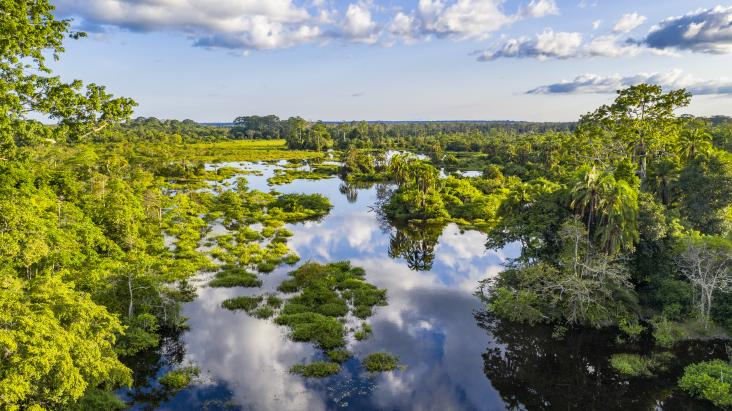
Nature for Climate Adaptation Initiative
A new initiative aims to support nature-based climate action that protects livelihoods and biodiversity in the most vulnerable parts of the world.

The Sustainable Asset Valuation (SAVi)
IISD developed the Sustainable Asset Valuation (SAVi) to demonstrate to governments, investors and citizens why sustainable assets can deliver better value for money and more attractive internal rates of return.
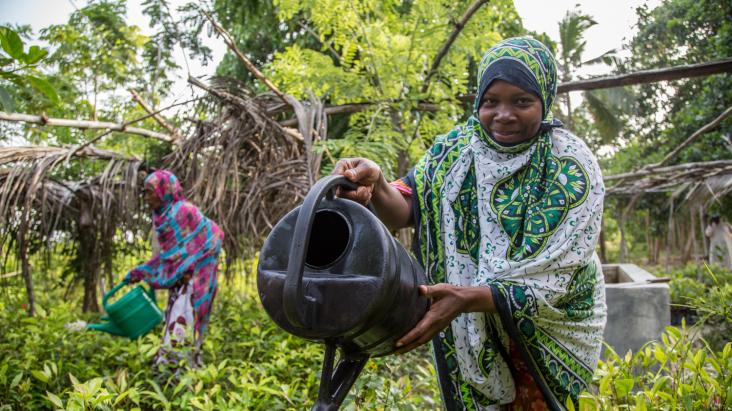
The State of Sustainability Initiatives (SSI)
Increasing market access of small-holder farmers, fostering gender equality and contributing to environmental conservation by leveraging voluntary sustainability standards.
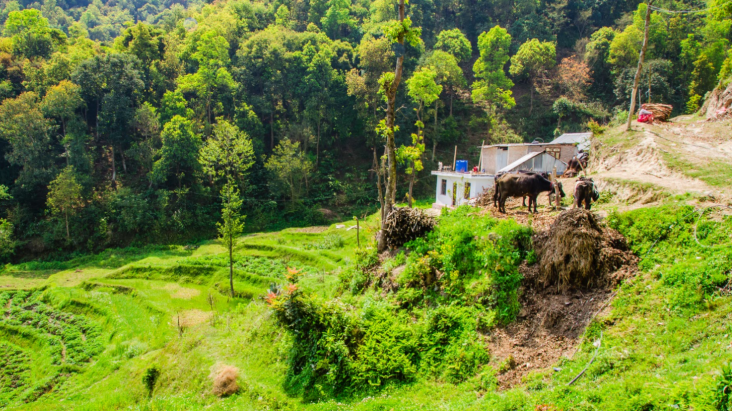
ALivE - Adaptation, Livelihoods and Ecosystems Planning Tool
ALivE is a tool designed to help organize and analyze information to plan effective ecosystem-based adaptation.
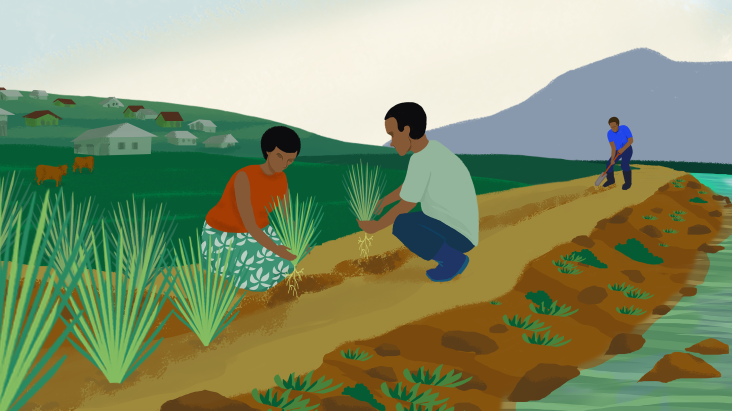
Planting for Resilience
Scaling Up the Adoption of Ecosystem-Based Adaptation Using Behaviour-Centred Design: The case of vetiver grass for riverbank erosion control in Fiji
Floating Treatment Wetlands
Floating treatment wetlands allow aquatic plants to grow in water that is typically too deep for them and transform pollutants into harmless by-products.
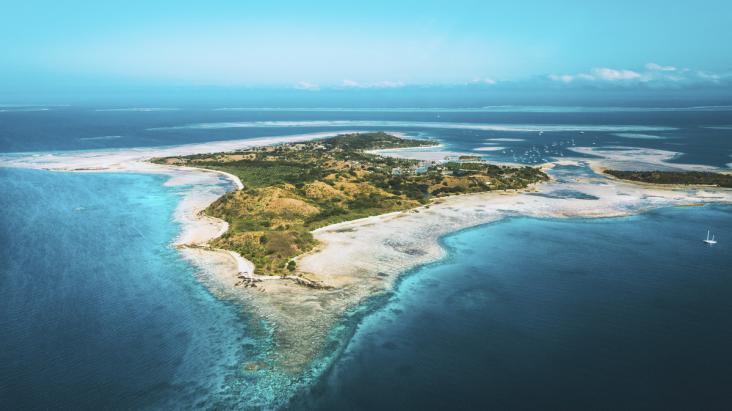
AQUA-Pearl
A new project will help communities in Fiji build their resilience to climate change through nature-based approaches to oyster aquaculture.
New Work
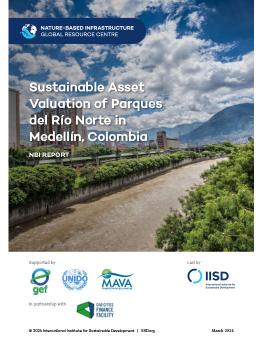
Sustainable Asset Valuation of Parques del Río Norte in Medellín, Colombia
This economic valuation demonstrates the benefits of expanding urban green space in the city of Medellín, Colombia.
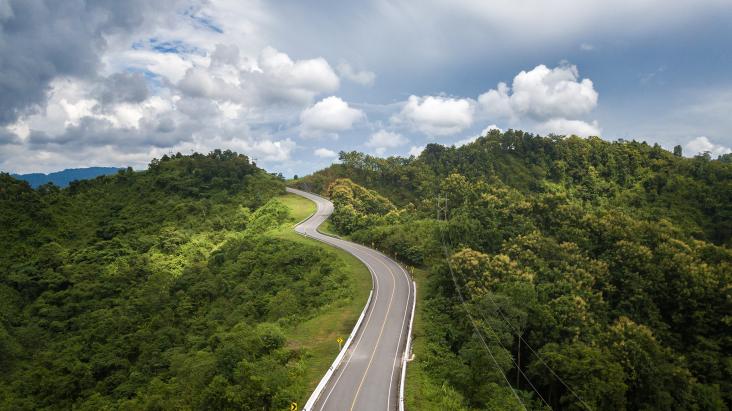
What’s Next After UNEA-6: Why “synergies” is more than a buzzword
In an era marked by escalating environmental challenges and geopolitical tension, the Sixth United Nations Environment Assembly (UNEA-6) called for more cooperation to tackle the triple planetary crisis.
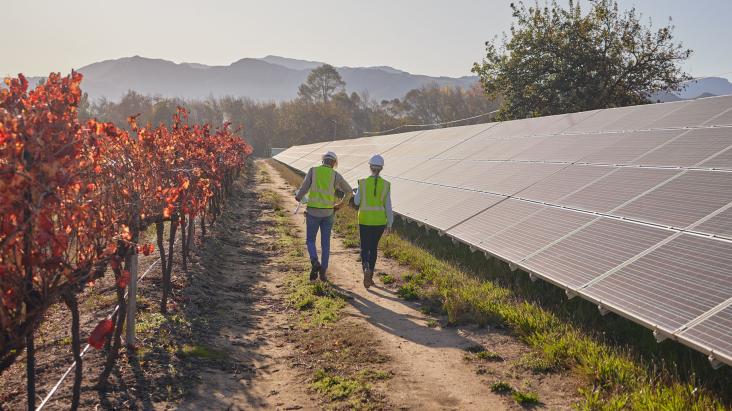
What Is the UAE Framework for Global Climate Resilience, and How Can Countries Move It Forward?
With the introduction of the new framework for the Global Goal on Adaptation (GGA), COP 28 marked a milestone for adaptation. We unpack key outputs and set out how countries can move forward by strengthening their national monitoring, evaluation, and learning (MEL) systems.
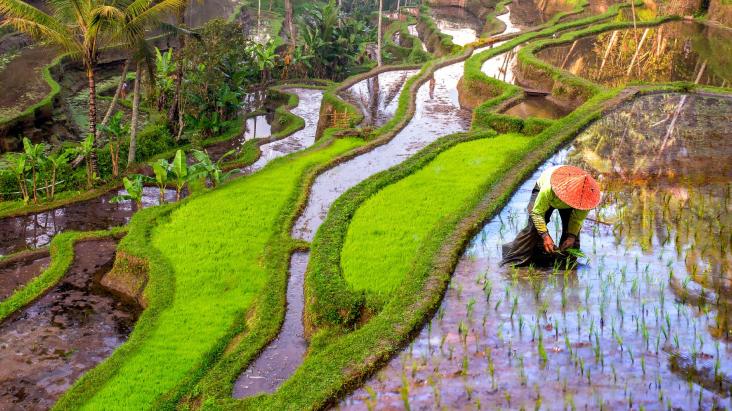
After COP 28: What's next for adaptation?
IISD experts Anne Hammill, Angie Dazé, Emilie Beauchamp, Jeffrey Qi, and Alec Crawford take a closer look at what we saw—and did not see—on adaptation at COP 28 in Dubai, and where we go from here.
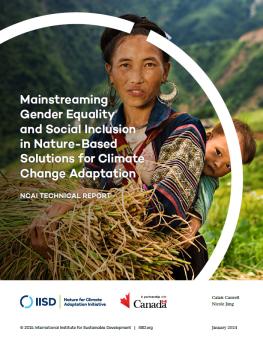
Mainstreaming Gender Equality and Social Inclusion in Nature-Based Solutions for Climate Change Adaptation
Discover tools, recommendations, and case studies on how to plan, design, and implement nature-based solutions for adaptation that advance gender equality and social inclusion while enhancing resilience, biodiversity, and ecosystem integrity.
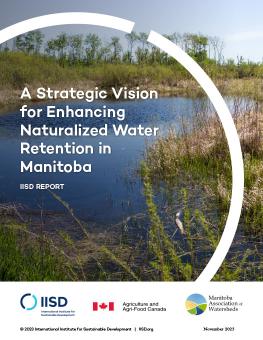
A Strategic Vision for Enhancing Naturalized Water Retention in Manitoba
Enhancing water retention infrastructure in Manitoba can provide numerous benefits, especially if it is naturalized and is located, designed, and maintained strategically.
Experts

Nathalie Bernasconi-Osterwalder
Vice-President, Global Strategies and Managing Director, Europe

Sumeep Bath
Editorial & Communications Manager, IISD-ELA

Liesbeth Casier
Lead, Public Procurement and Sustainable Infrastructure and Coordinator of the NBI Global Resource Centre

Alec Crawford
Director, Nature for Resilience

Veronica Lo
Senior Policy Advisor

Andrea Bassi
Senior Associate

Dimple Roy
Director, Water Management

Richard Grosshans
Lead II, Bioremediation

Emily Kroft
Water Policy and Youth Engagement Officer, IISD-ELA

Matthew McCandless
Interim VP Operations and Business Transformation

Josée Méthot
Senior Policy Specialist, Water

Benjamin Simmons
Director, Sustainable Infrastructure

Susan Sekirime
Senior Policy Advisor

Thomas Saleh
Policy Advisor, Data and Technology; IISD-ELA

Ashley Rawluk
Policy Advisor

Henri Contor
System Dynamics Analyst

Becca Challis
Communications Officer

Marina Puzyreva
Senior Policy Advisor

Marco Guzzetti
Associate

Danielle Kitson
Project Coordinator

Cesar Henrique Arrais
Senior Communications Officer

Calais Caswell
Policy Advisor II, Gender Equality and Social Inclusion

Michail Kapetanakis
Research Analyst

Marie Royer
Communications Officer

David Uzsoki
Lead, Sustainable Finance

Brittney Le Blanc
Communications Officer, Water

Edoardo Carlucci
Policy Advisor I

Onyinye Oguntoye
Communications Officer

Anika Terton
Senior Policy Advisor and Lead

Ronja Bechauf
Policy Advisor I

Nathalia Niño
Associate
Latest
You might also be interested in

Climate Change Adaptation
As climate risks escalate, we help governments and communities anticipate, cope, and adapt.

Climate Change Mitigation
Tackling climate change requires urgently reducing greenhouse gas emissions to minimize the impacts on our societies, economies, and ecosystems.
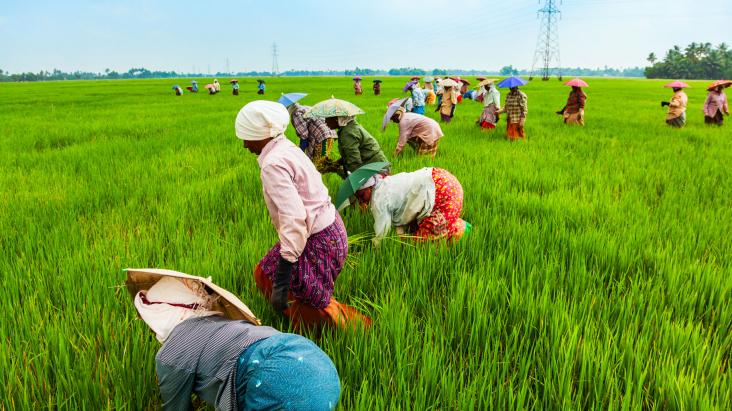
Food and Agriculture
Agriculture is on the front lines of nearly all urgent global challenges, from hunger to climate change to rising inequality.
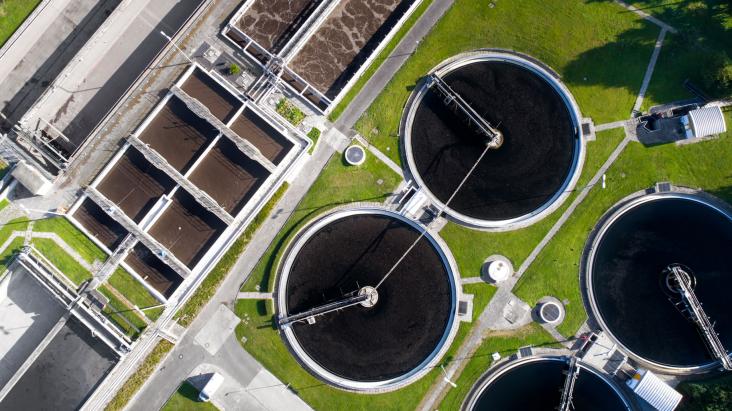
Infrastructure
Infrastructure is the backbone of sustainable development and a powerful driver of economic activity.
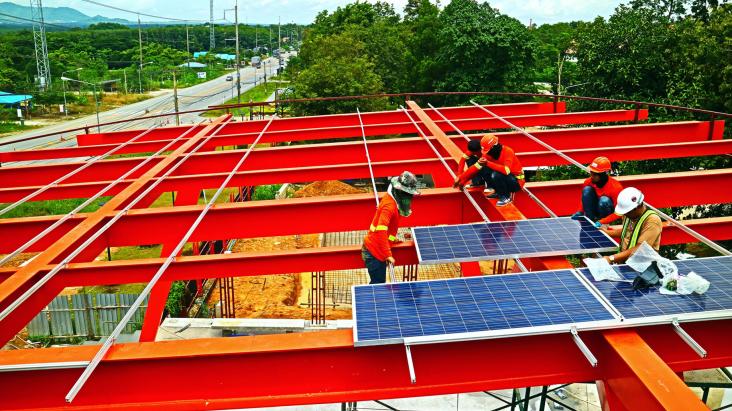
Just Transition
In the transition to clean energy, a just transition can minimize negative impacts and maximize positive opportunities.
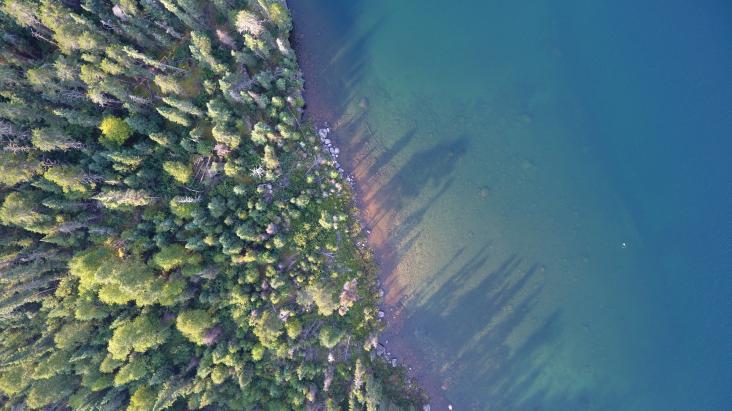
Water
Human activity—from pollutants to climate change—is threatening the health of our planet's precious freshwater resources. That's where we come in.
